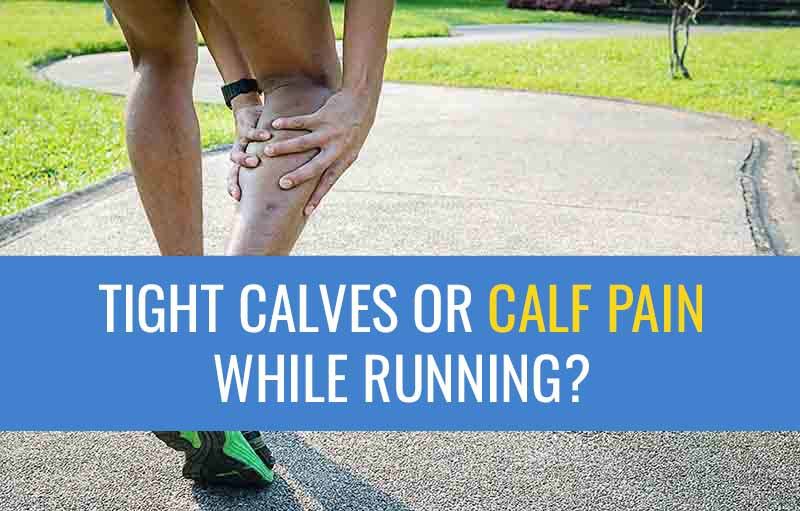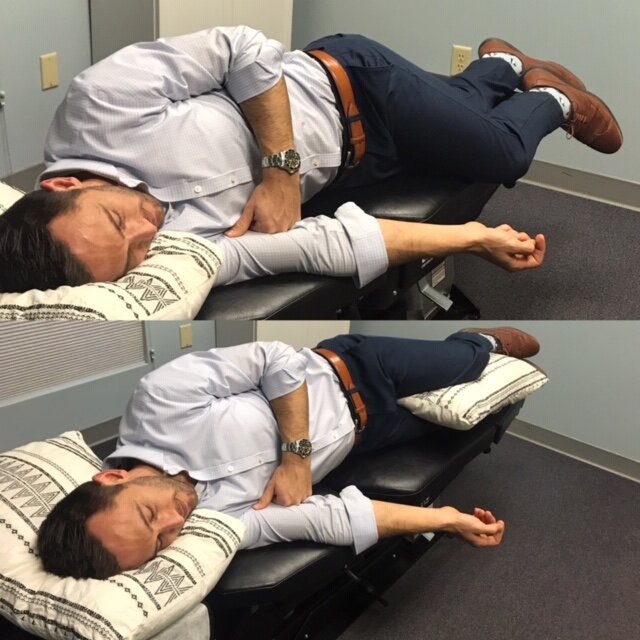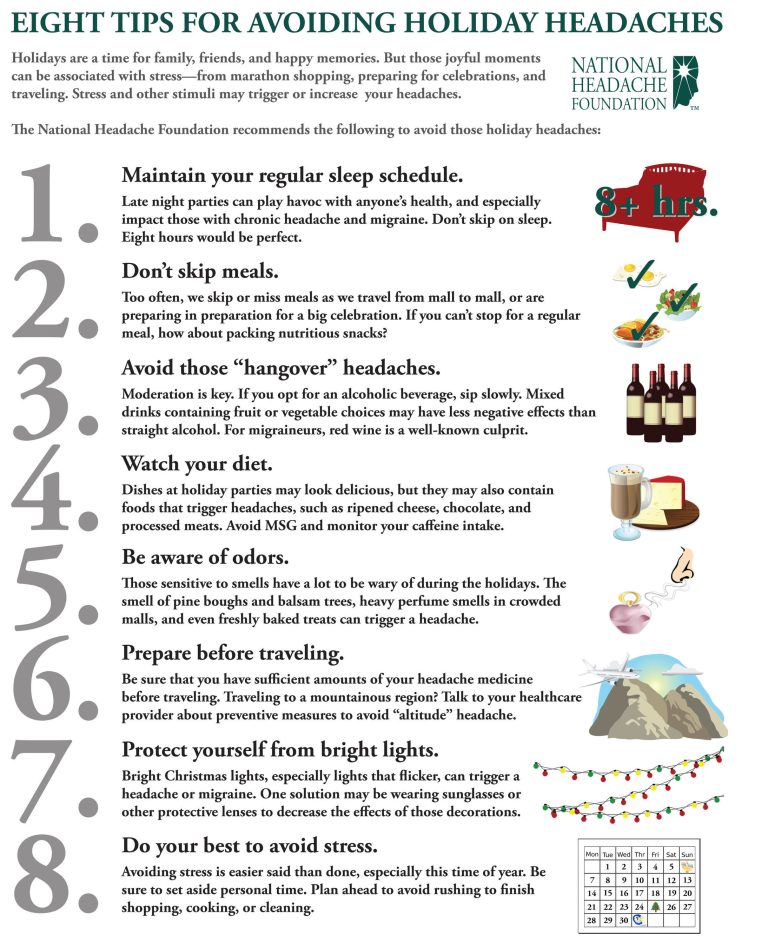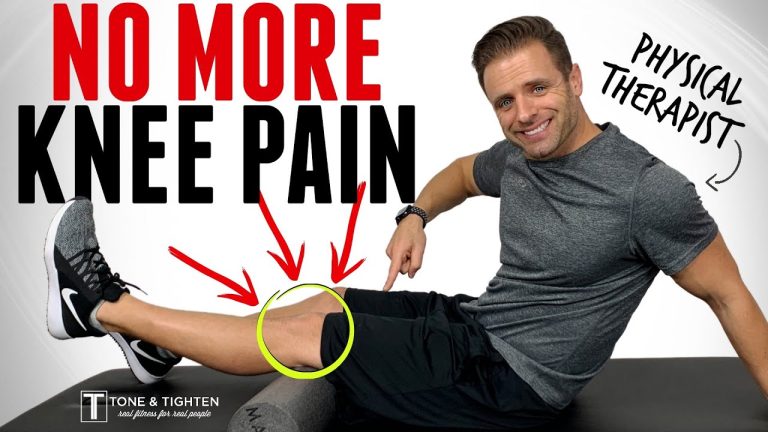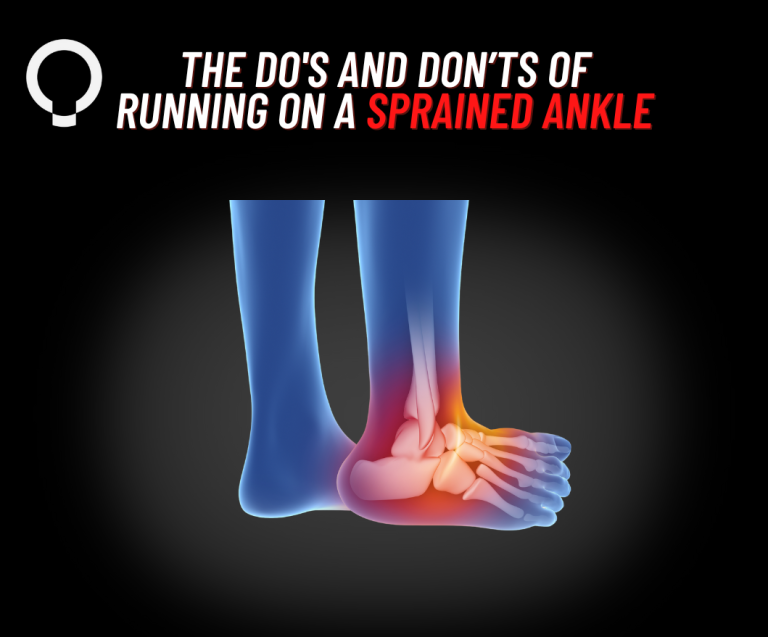How to Fix Tight Calves While Running
To fix tight calves while running, incorporate stretching, massage, foam rolling, and proper footwear. These methods can relieve tension and improve flexibility, preventing discomfort and potential injuries during your runs.
Are you experiencing tight calves while running? Dealing with this issue can be frustrating and often hinders your performance. Tight calves can lead to discomfort, pain, and decreased flexibility, affecting your overall running experience. However, with the right strategies and techniques, you can effectively address this problem and improve your running performance.
By implementing stretching exercises, incorporating massage and foam rolling into your routine, and ensuring you are wearing proper footwear, you can alleviate tightness in your calves and enhance your running experience. Let’s explore the best ways to fix tight calves while running and get you back on track towards achieving your running goals.

Credit: runninforsweets.com
Causes Of Tight Calves
Tightness in the calves while running is a common issue that can impede your performance and lead to discomfort. Understanding the causes of tight calves is crucial in addressing and preventing this issue. By identifying the underlying reasons for tight calves, you can take proactive steps to alleviate discomfort and enhance your running experience. Let’s delve into the various factors that may contribute to tight calves.
Muscle Overuse
Muscle overuse is a common cause of tight calves among runners. When you push your muscles beyond their limits, such as increasing running intensity or distance too rapidly, it can lead to muscle tightness and potential injury. This overexertion can cause the calf muscles to tighten, creating discomfort and impacting your running technique.
Improper Footwear
Wearing improper footwear can also contribute to tight calves while running. Ill-fitting or worn-out running shoes can alter your gait and place excessive stress on the calf muscles. This can lead to tightness and discomfort during and after your runs. It’s essential to ensure that your footwear provides adequate support and cushioning to prevent undue strain on your calf muscles.

Credit: www.sports-injury-physio.com
Signs And Symptoms Of Tight Calves
Experiencing tight calves while running can be uncomfortable and impact your overall performance. Understanding the signs and symptoms of tight calves is crucial in effectively addressing and preventing this issue.
Calf Pain And Stiffness
Tight calf muscles often manifest as sharp pain or stiffness in the lower legs during physical activity. This discomfort can hinder your running stride and decrease your speed.
Difficulty Flexing The Foot
When your calves are tight, you may find it challenging to flex your foot properly while running. This restriction can cause strain on the muscles and affect your gait.
Preventing Tight Calves
Proper warm-up and cool-down activities are crucial in preventing tight calves during running.
Proper Warm-up
Before starting your run, engage in dynamic stretches like leg swings and lunges to prepare your calves.
Cool-down Routine
After your run, make sure to stretch your calves gently to prevent tightness and aid in recovery.
Gradual Increase In Intensity
Increase your running intensity gradually to avoid putting undue stress on your calf muscles.
Stretching Exercises For Tight Calves
Are tight calves hampering your running performance? Proper stretching exercises can alleviate the discomfort and improve your flexibility, allowing you to run with ease. Here are some effective stretching exercises to help loosen up those tight calf muscles and prevent injury.
Calf Stretches
Calf stretches are a simple and effective way to loosen tight muscles. Here are some easy calf stretches to add to your routine:
- Stand facing a wall, place your hands on the wall at shoulder height, and step back with one leg extended straight behind you. Keep your heel on the ground and gently lean forward to feel the stretch in your calf.
- While seated, extend one leg in front of you and use a towel or strap to gently pull your toes towards you, feeling the stretch in your calf.
- Find a stair or incline and place the ball of your foot on the edge, allowing your heel to drop below the step to feel a deep stretch in your calf. Hold for 15-30 seconds and repeat on the other leg.
Foam Rolling
Foam rolling is another effective method for loosening up tight calf muscles. Using a foam roller, apply pressure to the calf by rolling back and forth along the muscle. This helps to release tension and improve blood flow to the area, ultimately reducing tightness and discomfort.
Other Remedies For Tight Calves
Stretching exercises and foam rolling are other effective remedies for tight calves while running. These techniques can help alleviate muscle tension and improve flexibility, allowing for a more comfortable and efficient run.
Masage Therapy
Massage therapy is a fantastic way to alleviate tightness in your calves. It helps to release tension, increase blood flow, and improve the flexibility of your muscles. You can visit a professional massage therapist or even try self-massage techniques at home. Here are some steps to follow:
- Apply massage oil or lotion to your calves.
- Use your hands or a massage tool to apply gentle pressure.
- Start massaging from the ankle and gradually move upwards.
- Use long, sweeping strokes to knead and rub the muscles.
- Pay extra attention to any knots or areas of tightness.
- Continue massaging for about 10-15 minutes.
Remember to adjust the pressure according to your comfort level. Massage therapy can loosen up your tight calves, leaving you feeling relaxed and ready for your next run.
Using A Lacrosse Ball For Trigger Point Release
Lacrosse balls can be extremely effective for releasing trigger points in your calf muscles. Here’s how you can use a lacrosse ball for self-treatment:
- Find a chair or wall to support yourself.
- Place the lacrosse ball on the floor.
- Position your calf on top of the ball.
- Apply pressure by slowly rolling the ball back and forth.
- Focus on any tight or tender spots.
- Continue rolling for about 1-2 minutes on each calf.
Make sure to control the intensity of the pressure by adjusting the weight you apply on the ball. This technique can help release knots, improve muscle flexibility, and provide relief from tight calves.
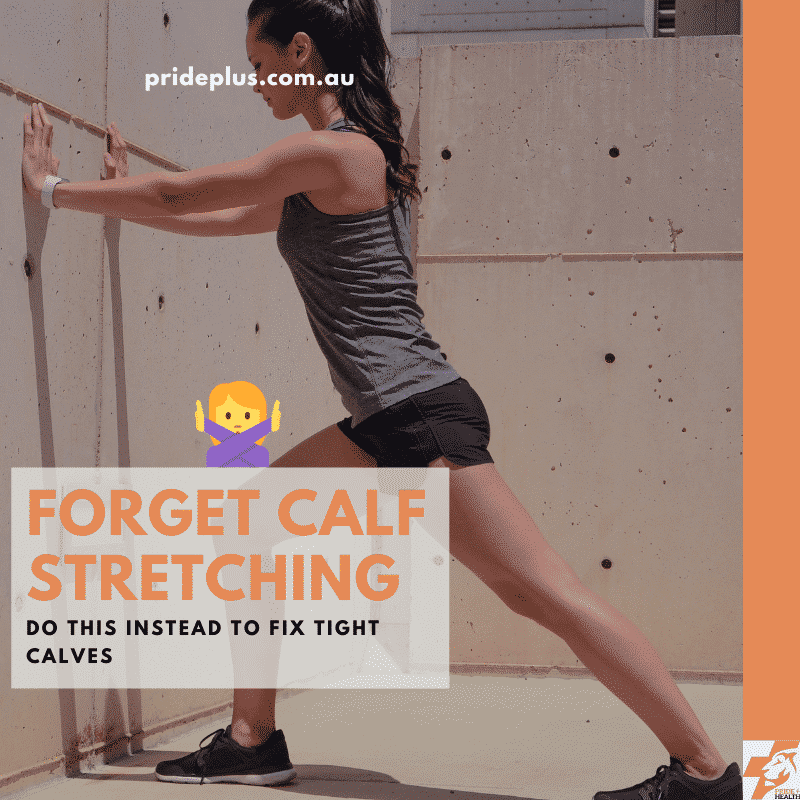
Credit: prideplus.com.au
Frequently Asked Questions On How To Fix Tight Calves While Running
How Can I Fix Tight Calves While Running?
To fix tight calves while running, make sure to stretch regularly, warm up properly before running, and gradually increase your mileage and intensity.
What Exercises Can Help Loosen Tight Calves?
Exercises like standing calf stretches, foam rolling, and heel drops can help loosen tight calves. Also, incorporating strength training exercises for the calves can be beneficial.
Are There Any Preventive Measures For Tight Calves?
Yes, there are preventive measures for tight calves. These include wearing proper footwear, avoiding overtraining, cross-training, and maintaining a balanced diet and hydration levels.
Conclusion
Incorporating regular stretching and strengthening exercises can help alleviate tight calves while running. It’s important to listen to your body and address any discomfort promptly to prevent further injury. By implementing these techniques into your routine, you can enjoy your runs with improved flexibility and reduced risk of muscle tightness.

